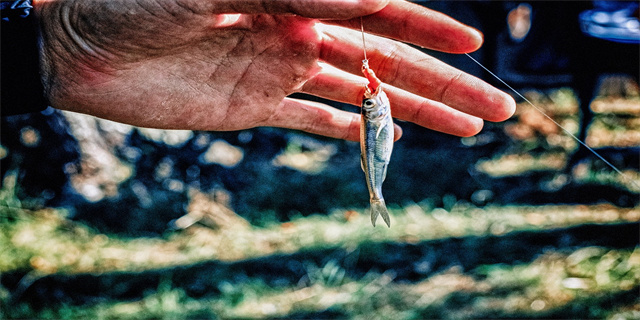Matador: The Dance of Death
Introduction:
Matador, the epitome of courage and grace, is a traditional Spanish bullfighting spectacle that dates back to the 18th century. This mesmerizing dance between the matador and the bull has both captivated and divided audiences around the world. While some view it as an art form, others condemn it as a cruel and inhumane practice. In this article, we delve into the intricate world of matador, exploring its history, rituals, controversy, and the impact it has on the Spanish culture.
The Art of Matador:

The matador's skill, agility, and boldness are put to the test in a dance with death. Clad in the iconic traje de luces (suit of lights), the matador, armed with a cape and a sword, faces off against a powerful charging bull. The encounter is a meticulously choreographed performance that showcases the matador's ability to inspire awe through intricate footwork, precise movements, and charismatic presence. The aim is to bring about a graceful and swift death for the bull, while asserting dominance and asserting one's courage in the face of danger.
The Rituals and Symbolism:

Every bullfight is governed by a set of rituals and traditions that define the matador's role. The fight begins with a parade, where the matador, along with his team of picadors and banderilleros, make their grand entrance into the arena. The matador performs a series of passes with the bull, captivating the crowd with his grace and mastery. The climax of the fight comes when the matador delivers the final sword thrust, aiming for the bull's heart. This moment, known as the estocada, signifies the matador's victory over death and is met with either applause or condemnation, depending on the public's opinion of the fight.
The Controversy Surrounding Matador:

Matador has long been a subject of heated debate and controversy. Animal rights activists argue that bullfighting is a cruel and unjustifiable practice, stating that it inflicts unnecessary suffering on the bulls. They assert that ending the tradition would be in line with modern values and animal welfare ethics. On the other hand, proponents of bullfighting argue that it is an important cultural heritage that should be preserved. They contend that it holds immense artistic and historical value, representing the bravery and courage deeply rooted in Spanish traditions.
The Influence of Matador on Spanish Culture:
Matador extends beyond the spectacle itself and has left an indelible mark on Spanish culture. It has influenced various art forms, including literature, painting, and film, becoming a symbol of Spanish identity. Famous works such as Ernest Hemingway's \"Death in the Afternoon\" and Francisco Goya's \"Bullfight\" paintings have been inspired by the intensity and drama of matador. Despite the growing controversy, matador continues to occupy a prominent role in the Spanish tourism industry, attracting visitors from around the globe who want to witness this centuries-old tradition firsthand.
In conclusion, matador remains a complex and divisive art form. It embodies both the mesmerizing grace of a dance and the inherent cruelty of a life-and-death spectacle. While the world debates the ethical implications of bullfighting, the allure of matador continues to captivate audiences, making it an enduring symbol of Spanish culture, tradition, and identity.





